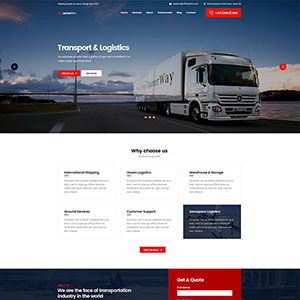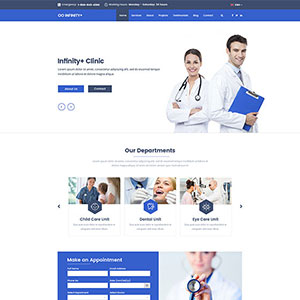Securing competitive rates from carriers is a fundamental component of each freight bid. To construct accurate bids, carriers require good quality shipping data. Inaccurate or superficial data can invalidate the entire bid process. Poor quality data also reflects badly on the credibility of the manufacturer or distributor.
What Data Does a Shipper Need to Prepare?
- A Complete Blueprint of the Shipper’s Processes and Freight Characteristics
Specifically, the carrier needs detailed information on:
- The commodities shipped
- The shipper’s hours of operation
- The types of freight – parcel, LTL and/or TL
- Shipment dimensions, weights and cubes
- Appointment pickups or deliveries
- Type of trucking equipment (e.g. straight truck, flatbed) required to pick up and deliver the shipments
- Photos of all pallet configurations
- Modes of Transport – Truck, Rail, Air, Sea
- Live load or drop trailer
- Description of the packaging: palletized, loose cartons, pails, etc.
- Types of delivery sites – apartment buildings, job sites, retail stores, manufacturing plants
- Waiting times for pickups and deliveries
- Special services required, if any – lumpers, crane, tailgate
- Requirement for heated or refrigerated service (temperature requirements – frozen, ambient, specific temperature range)
- Single shipment or multi-stop (e.g. milk run) deliveries
- Shipment consolidation or deconsolidation points
- Transit time requirements on every lane
- A Minimum of 6 months to a year of Granular Data for each Mode
By providing this volume of data, in this format, the carrier can identify shipping patterns and seasonality effects. It allows carriers to determine how they will service the account and how effectively it will match with their headhaul/backhaul capabilities.
Separate templates are required to capture the rates by mode (over the road, intermodal, expedited, air) and service (LTL, TL, parcel). The spreadsheets should display, by shipment, the origin city, state/province, zip code/postal code, destination city, state/province and postal code/zip code and the individual characteristics of each shipment (see above).
Note that this shipment data serves two purposes. On the one hand, it allows the manufacturer to calculate their benchmark freight costs by service, by lane. This allows them to calculate the variance between their existing and post-bid freight expenses. Second, it allows the shipper to construct data templates that the carriers can use to insert their rates.
- How to Quote
The shipper needs to supply bidders with the pricing methodology to be employed. The templates should be organized in a way that each carrier can quote on the services that they are able to provide and the lanes they can service; they should capture the rates in a format (e.g. rate per mile, LTL weight breaks etc.) that is relevant to that service.
4. Accessorial Charges Templates
There should also be a template that captures the special services (e.g. detention) and acceptable accessorial charges for each service. The shipper must also provide acceptable, industry standard fuel surcharge formulas for each service (LTL, truckload). Providing these templates up front reduces the data analysis when the bids arrive.
There also needs to be a document that outlines the bid milestone dates and the date when the bid is to be submitted.
Data Extraction Process
The data capture and bid preparation process is much easier for companies that use a TMS (Transportation Management System). A TMS system can produce the data in the formats outlined above.
It has been our experience that the quality of the data available from each TMS system can vary significantly. Data entry errors can corrupt the data. Some shippers are not able to extract the fuel surcharge and accessorial charges from the freight cost associated with each shipment. This can create challenges in developing meaningful benchmark data.
Before any data is transmitted to carriers, shippers need to perform a cleansing process to remove errors; they must also perform an editing process to remove lost customers and inactive shipping lanes. Similarly, they should revise the data to reflect new markets or projected changes to volumes and types of freight on specific lanes.
Summary
Garbage Out will result in Garbage In. This process is a crucial component of each freight bid. Taking shortcuts in preparing quality benchmark data and data templates will reduce the value of a bid project. Shippers that have the IT tools, the resources, and sufficient time, can perform these tasks on their own. Manufacturers and distributors that don’t possess these skills in-house can reach out to experienced service providers for assistance.
To stay up to date on Best Practices in Freight Management, follow me on X (formerly Twitter) @DanGoodwill and join the Freight Management Best Practices group on LinkedIn. If you are looking for ways to improve the effectiveness of your freight management processes, to save money on freight, or to conduct a freight bid, contact me at dan@dantranscon.com.




















